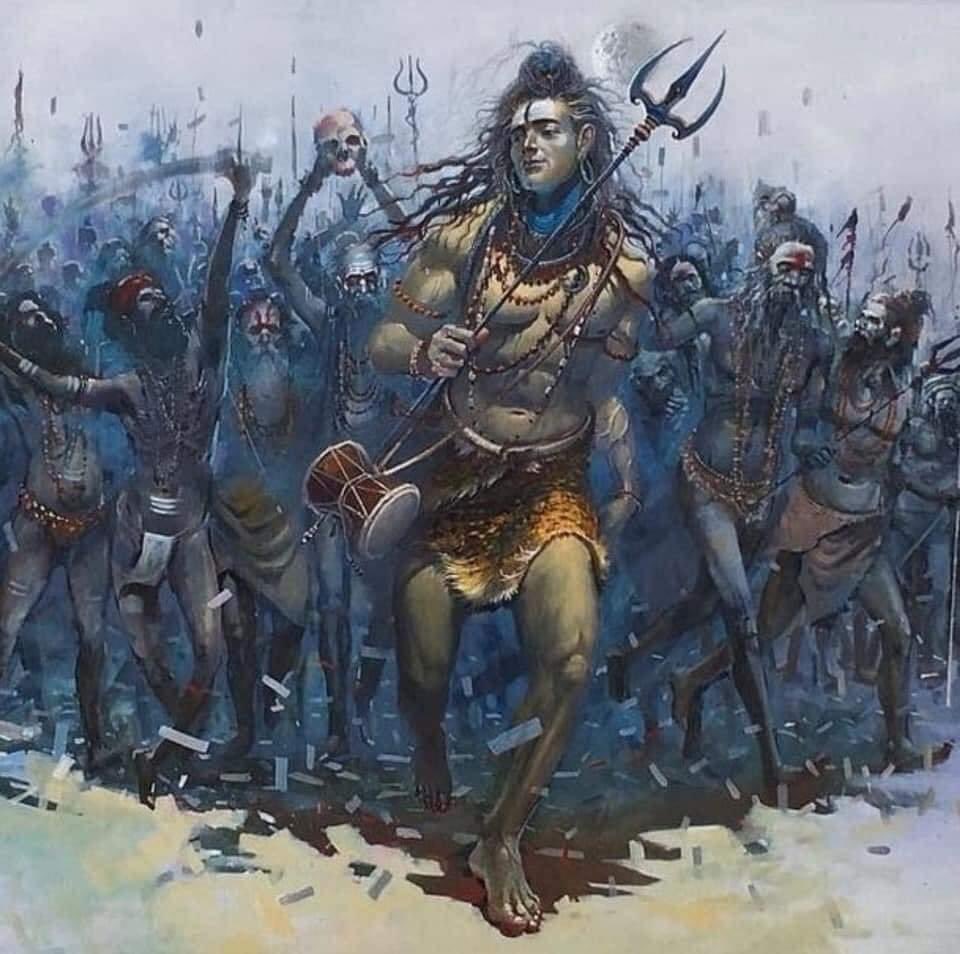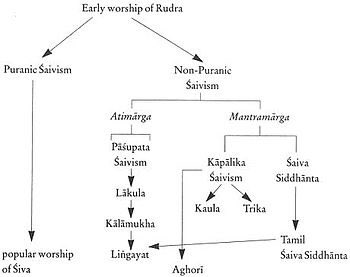
Human Body As A Representation of A Temple🛕
A Hindu temple is a divine and yogic representation of a human being with the Deity in the temple representing the God as indweller in humans and all beings.
#Thread
A Hindu temple is a divine and yogic representation of a human being with the Deity in the temple representing the God as indweller in humans and all beings.
#Thread

👆🏼This analogy is shown through the representation of various chakras namely ‘Moolaadhara’ to ‘Sahasraara’ in the body to various locations in the temple.
The yogis' who peered deep into this human instrument, beheld seven important chakras known
The yogis' who peered deep into this human instrument, beheld seven important chakras known
as Moolaadhaara, Swaadhishthaana, Manipura, Anaahata, Vishuddhi, Aajnya, and Sahasraara.
These centres are like seven gateways to experience the divine power within us.
These centres are like seven gateways to experience the divine power within us.
The flag pole (dwaja sthambha) in front of every temple represents our Spine.
The spiritual up lifting of the soul happening in the sanctum sanctorium is represented by one, three, five and seven Kalashas on top of the shikhara directly above the sanctum sanctorium.
The spiritual up lifting of the soul happening in the sanctum sanctorium is represented by one, three, five and seven Kalashas on top of the shikhara directly above the sanctum sanctorium.
Comparing the ‘Plan’ of the temple with the human body,
The feet stand for the main entrance.
The Dwaja sthambha (flag pole at the entrance) represents the Svaadhishthana chakra;
The Balipeeta stomach / Manipura chakra;
The Navaranga or Nrityamantapa – heart or Anaahata;
The feet stand for the main entrance.
The Dwaja sthambha (flag pole at the entrance) represents the Svaadhishthana chakra;
The Balipeeta stomach / Manipura chakra;
The Navaranga or Nrityamantapa – heart or Anaahata;
The Sukanaasi – neck;
The Garbha griha (sanctum sanctorium) – head;
The seat of the deity is the middle of the eyebrows ( the place of Aajnya chakra).
Similarly comparing the ‘Elevation’ of the Temple with the human body,
The Garbha griha (sanctum sanctorium) – head;
The seat of the deity is the middle of the eyebrows ( the place of Aajnya chakra).
Similarly comparing the ‘Elevation’ of the Temple with the human body,
The feet represent – Nidhi kumbha – part of ritual pot over which the temple is constructed;
Knee – the Naala (channels); Thigh –foundation;
Waist and the Stomach are the walls;
Shoulder – Valabhi;
Hands - Praakaara (open space round the temple meant for circumambulation);
Knee – the Naala (channels); Thigh –foundation;
Waist and the Stomach are the walls;
Shoulder – Valabhi;
Hands - Praakaara (open space round the temple meant for circumambulation);
Tongue – the Temple bell;
Heart- the Devamoorti;
Neck - Vimana ;
Head – Shikhara;
Brahma randhra (the top of the head where the soul leaves the body after death.- The Kalashas.
Heart- the Devamoorti;
Neck - Vimana ;
Head – Shikhara;
Brahma randhra (the top of the head where the soul leaves the body after death.- The Kalashas.
Source - articles.ayvm.in
• • •
Missing some Tweet in this thread? You can try to
force a refresh











